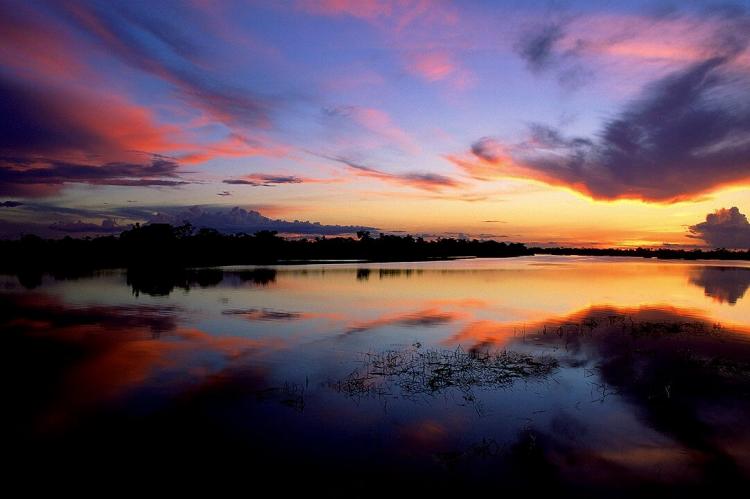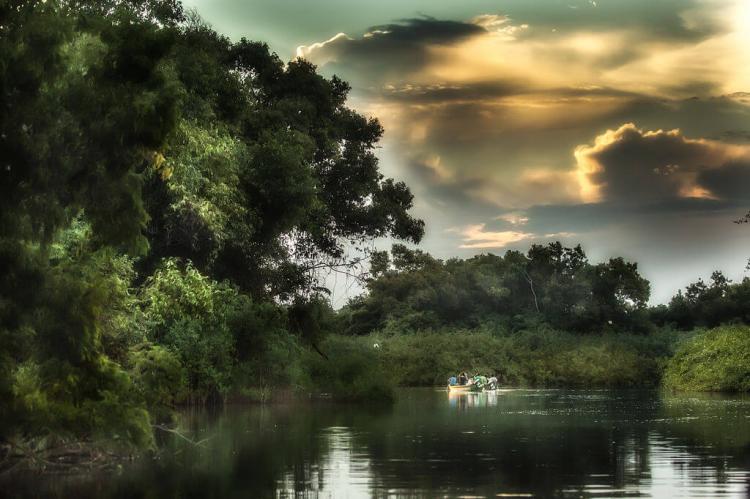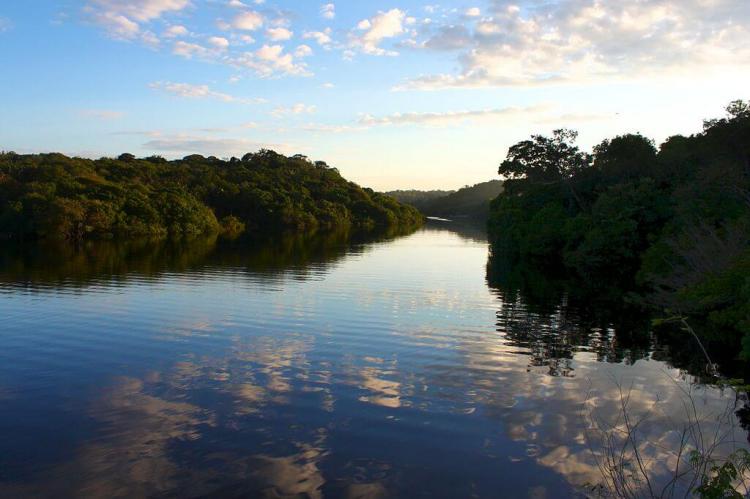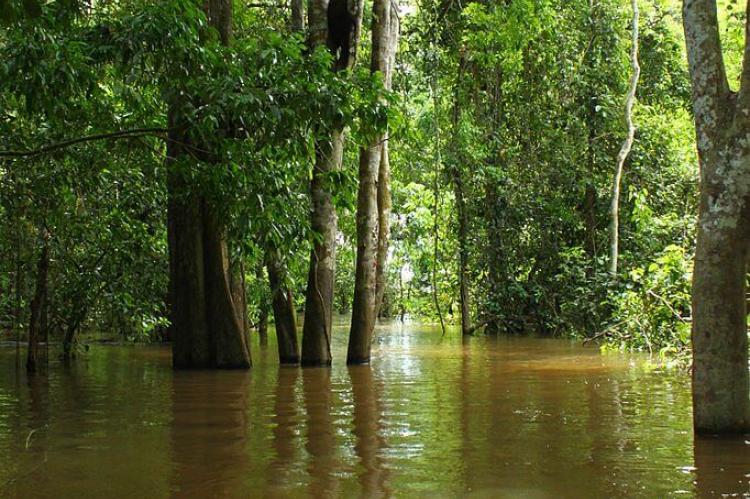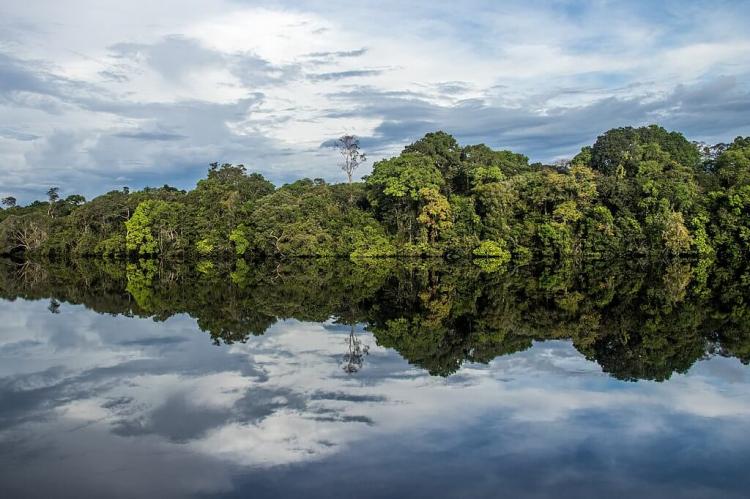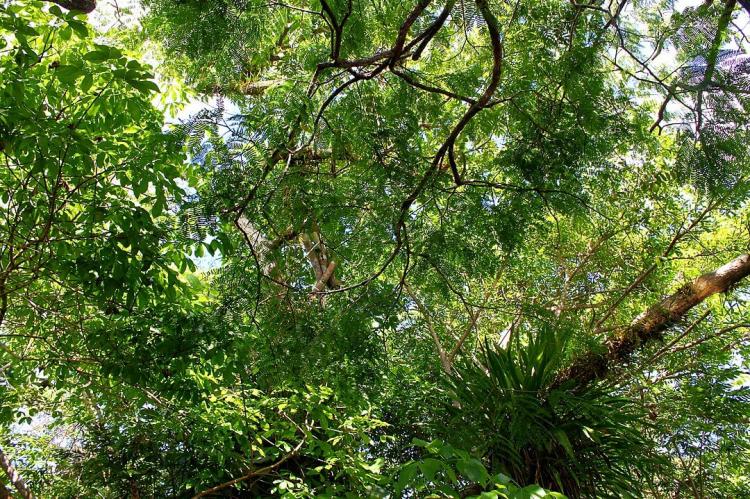Jaú National Park (Brazil)
Jaú National Park, the largest forest reserve in South America, is located in Amazonas in northwestern Brazil. Part of the Central Amazon Conservation Complex, the National Park contains the entire Jaú River basin, which covers three major rivers: the Jaú River, the Unini River, and the Carabinani River.
Jaú National Park
Jaú National Park is located in Amazonas in northwestern Brazil, approximately 220 km (140 mi) northwest of Manaus. It is one of the largest protected areas in Brazil, covering an area of 2,367,333 ha (5,849,810 acres). Created in 1980, the National Park is administered by the Chico Mendes Institute for Biodiversity Conservation.
Jaú National Park was inscribed by UNESCO as a World Heritage Site in 2000. It became part of the Central Amazon Ecological Corridor, established in 2002. In 2003, the property was expanded by adding the Anavilhanas National Park, Amanã Sustainable Development Reserve and Mamirauá Sustainable Development Reserve to form the Central Amazon Conservation Complex, a more extensive World Heritage Site.
Containing the entire Jaú River basin, the National Park covers three major rivers: the Jaú River, the Unini River, and the Carabinani River, which all flow into the Río Negro. It is the largest forest reserve in South America and is mainly composed of dense forests. The park is in the Amazon biome in the Japurá-Solimões-Negro moist forests ecoregion.
The eastern part of the park adjoins the Rio Unini Extractive Reserve to the north, which runs along the opposite bank of the Unini River. The park is bounded to the northwest by the Amanã Sustainable Development Reserve. To the east, near the Río Negro, the park adjoins the Rio Negro State Park.
The park's terrain is representative of the Negro-Solimões interfluvial plateau. It has two main areas: the Trombetas/Negro plateau and the lower western Amazon plateau.
Average annual rainfall is over 2,500 mm (98 in), and the wettest months occur in March and September. Throughout the year, temperatures range from 22 - 32 °C (72 - 90 °F) with an average of 26 °C (79 °F).
Flora and Fauna
Jaú National Park is mainly made up of dense forest that is difficult to get through. Nevertheless, over 400 plants and 260 fish species have been cataloged here, making it one of Brazil's most biologically rich areas.
Vegetation types are dense rainforest (77%), open rainforest (14%), the transition from rainforest to campinarana (7%), and campinarana (2%). Note: Campinarana is a Brazilian name for a low forest growing on white sand, the first step in plant succession.
Botanists have cataloged about 400 plant species, several restricted to specific environments, such as the uplands and flooded areas. Fish species recorded are 263, with some new to science.
Protected species in the park include the margay (Leopardus wiedii), jaguar (Panthera onca), giant otter (Pteronura brasiliensis), and Amazonian manatee (Trichechus inunguis).
